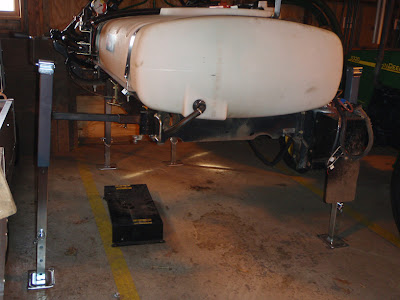
There have been a couple of recently published articles concerning mowing procedures for golf courses. A USGA Green Section Record article highlighted the costs associated with mowing patterns and there was a nice article in the January issue of Golf Course Industry Magazine about alternative mowing patterns.
The true function of mowing is to prepare the golf course for play although mowing patterns are often used to highlight the different features of a golf course. The mowing pattern can have a big impact on the appearance of the golf course and the health of the turf while affecting your labor and fuel consumption line items. The most common fairway mowing methods are striping, contour mowing, the classic cut, and pushing and pulling.

Striping – This is the method practiced by most golf courses. Stripes are often mowed in at least two directions to create a checkerboard pattern. This method creates a striking aesthetic appearance. However, the frequent turning of the mower in the intermediate and primary rough can lead to excessive wear on the turf.

Contour mowing – This method also creates stripes but differs slightly from contemporary striping. Rather than creating a checkerboard, contour mowing creates curved stripes that follow the contour of the fairway.

Classic cut – This style was very prevalent before lightweight fairway mowers. Larger gang-unit fairway mowers of the past which were harder to maneuver mowed in the circular pattern creating light and dark halves of the fairway. The classic cut reduces mower traffic in the rough and often takes less time compared to striping helping to reduce labor and fuel costs.

Pushing and Pulling – This method creates a fairway that is void of stripes. Pushing the fairway is when the turf is mowed from tee to green and pulling is mowing the turf from green to tee. A large number of mowers are necessary in order for this method to be efficient. Fairways are often mowed this way for championship events.
The most appropriate method for your course will depend on the desired appearance, your turf species and budget and labor considerations. If you prefer striping your fairways and have the resources to do so, by all means continue. However, some golf courses are using the classic cut because it is more efficient and a better use of their fuel and labor resources. Also, the overall health of the intermediate and primary rough will benefit from the reduced mower traffic. Courses with the slow growing Kentucky bluegrass planted in their intermediates might especially benefit from the classic cut and the reduced wear.
If you have experimented with any of the alternative mowing styles let us know how they are working and what you think of them. Until next time, Happy Mowing!
Marcus Jones
Graduate Research Assistant











